When it comes to designing or updating a bathroom, one of the most important decisions you'll have to make is choosing the right bathroom sink. Not only does it serve as a functional element, but it also adds to the overall aesthetic of the space. With so many options available on the market, it can be overwhelming to make a decision. But don't worry, we've got you covered with our top 10 tips for selecting the perfect bathroom sink for your home.How to Choose the Right Bathroom Sink for Your Home
1. Consider the size and layout of your bathroom. This will determine the size and type of sink that will fit best in the space. 2. Think about your storage needs. If you have a small bathroom, a pedestal or wall-mounted sink may not be the best choice as they do not offer much storage space. 3. Take into account the style and design of your bathroom. You want your sink to complement the overall aesthetic, whether it's modern, traditional, or somewhere in between. 4. Determine your budget. Bathroom sinks come in a wide range of prices, so it's important to know how much you're willing to spend before you start shopping. 5. Research the different types of bathroom sinks available. This will help narrow down your options and make the decision-making process easier. 6. Consider the maintenance and cleaning requirements of each type of sink. Some may require more upkeep than others. 7. Think about who will be using the sink. If it's for a shared bathroom, a double sink may be a better option to accommodate multiple users. 8. Take into account the water flow and drainage. You want a sink that is functional and doesn't cause any water buildup. 9. Consider the material of the sink. Each material has its own pros and cons, so choose one that fits your needs and preferences. 10. Don't be afraid to get creative and think outside the box. There are plenty of unique and stylish sink options available that can add a touch of personality to your bathroom.Top Tips for Selecting the Perfect Bathroom Sink
Size, style, and budget are all important factors to consider when selecting a bathroom sink. But there are a few other things you should keep in mind as well: Functionality: The sink should meet your needs and fit your daily routine. Consider the number of people using the sink and what activities they will be doing. Durability: You want a sink that will last for years to come, so choose a material that is sturdy and can withstand daily use. Compatibility: Make sure the sink you choose is compatible with your existing plumbing and countertop. Water efficiency: Look for a sink with a low flow rate to help conserve water and reduce your water bill.Factors to Consider When Selecting a Bathroom Sink
There are several types of bathroom sinks to choose from, each with its own advantages and disadvantages: Undermount: Installed below the countertop, creating a seamless look. Pros: easy to clean, sleek appearance. Cons: can be expensive, difficult to install. Drop-In: Installed on top of the countertop, with a rim that rests on the surface. Pros: easy to install, affordable. Cons: can collect dirt and grime around the rim. Vessel: Sits on top of the countertop, resembling a bowl. Pros: unique and stylish, can be installed on any countertop. Cons: can take up a lot of counter space. Pedestal: Rests on a pedestal, with no countertop support. Pros: saves space, elegant appearance. Cons: limited storage space. Wall-Mounted: Attached directly to the wall, with no countertop or pedestal. Pros: saves space, modern look. Cons: limited storage space.Types of Bathroom Sinks: Pros and Cons
Undermount: Best for a clean and seamless look, but may require professional installation due to the need for precise measurements and drilling. Drop-In: Easy to install and versatile, but can be more difficult to clean due to the rim around the sink. Vessel: Adds a unique and stylish touch to any bathroom, but may not be the most practical option for everyday use.Comparing Undermount, Drop-In, and Vessel Sinks
There are many materials to choose from when it comes to bathroom sinks, each with its own pros and cons: Ceramic: Durable and easy to clean, but can chip or crack if heavy objects are dropped on it. Glass: Adds a modern and elegant touch, but can be fragile and may require more maintenance to keep it looking clean and clear. Stone: A luxurious and unique option, but can be expensive and may require regular sealing to prevent staining and damage. Porcelain: Similar to ceramic, but with a smoother and glossier finish. It is also prone to chipping and cracking. Stainless Steel: A durable and affordable option, but can show water spots and scratches more easily.Choosing the Best Material for Your Bathroom Sink
If you're on a tight budget, there are still plenty of options for a stylish and functional bathroom sink: Pedestal sink: A classic and affordable option that can add elegance to any bathroom. Drop-In sink: Easy to install and budget-friendly, with a variety of styles and designs available. Wall-Mounted sink: Saves space and can be found at a reasonable price, but may not offer much storage space.Budget-Friendly Options for Selecting a Bathroom Sink
If you have a small bathroom, there are a few tricks you can use to make the most of the space: Corner sink: Fits snugly in the corner of the bathroom, making use of otherwise wasted space. Pedestal sink: Takes up less floor space than a vanity and can make the bathroom appear larger. Wall-Mounted sink: Can be installed at any height, making it a versatile option for small bathrooms.Maximizing Space with a Small Bathroom Sink
If you're feeling handy, you can save money by installing your bathroom sink yourself. Here are the basic steps to follow: 1. Turn off the water supply and remove any existing sink. 2. Install the faucet and drain onto the sink. 3. Attach the sink to the countertop or vanity. 4. Place the sink and faucet onto the countertop or vanity. 5. Connect the water supply and drain pipes. 6. Turn on the water supply and check for any leaks.How to Install a Bathroom Sink: Step-by-Step Guide
To keep your bathroom sink looking new and functioning properly, follow these maintenance tips: 1. Clean your sink regularly with a non-abrasive cleaner to prevent buildup of grime and dirt. 2. Avoid using harsh chemicals that can damage the sink's surface. 3. Fix any leaks or damage as soon as possible to prevent further damage and costly repairs. 4. Use a drain cover to catch hair and other debris to prevent clogs.Maintenance Tips for Keeping Your Bathroom Sink Clean and Functional
Why Choosing the Right Bathroom Sink is Essential for Your House Design

The Importance of a Bathroom Sink
 When it comes to house design, the bathroom sink may not always be the first thing that comes to mind. However, it is an essential element that plays a significant role in both the functionality and aesthetics of your bathroom. A bathroom sink is not just a place to wash your hands or brush your teeth; it is also a design feature that can enhance the overall look and feel of your bathroom. As such, it is crucial to choose the right bathroom sink that fits your needs and complements your house design. In this article, we will discuss the factors to consider when selecting a bathroom sink and how it can impact your house design.
When it comes to house design, the bathroom sink may not always be the first thing that comes to mind. However, it is an essential element that plays a significant role in both the functionality and aesthetics of your bathroom. A bathroom sink is not just a place to wash your hands or brush your teeth; it is also a design feature that can enhance the overall look and feel of your bathroom. As such, it is crucial to choose the right bathroom sink that fits your needs and complements your house design. In this article, we will discuss the factors to consider when selecting a bathroom sink and how it can impact your house design.
Matching Your Sink with Your House Design
 One of the essential things to consider when selecting a bathroom sink is how it fits into your overall house design. The sink should not only be functional but also blend in seamlessly with the rest of your bathroom's design elements. For instance, if your house has a modern and minimalistic design, a sleek and simple sink would be the perfect choice. On the other hand, if your house has a more traditional or vintage design, a porcelain or ceramic sink with intricate details and a classic design would be more suitable. The sink's material, shape, and color should complement the other elements in your bathroom, such as the tiles, countertops, and fixtures. By choosing a sink that matches your house design, you can create a cohesive and harmonious look in your bathroom.
One of the essential things to consider when selecting a bathroom sink is how it fits into your overall house design. The sink should not only be functional but also blend in seamlessly with the rest of your bathroom's design elements. For instance, if your house has a modern and minimalistic design, a sleek and simple sink would be the perfect choice. On the other hand, if your house has a more traditional or vintage design, a porcelain or ceramic sink with intricate details and a classic design would be more suitable. The sink's material, shape, and color should complement the other elements in your bathroom, such as the tiles, countertops, and fixtures. By choosing a sink that matches your house design, you can create a cohesive and harmonious look in your bathroom.
Consider Your Needs and Lifestyle
Don't Forget About Functionality
 While the design and aesthetics of a bathroom sink are crucial, it is essential not to overlook its functionality. Think about how you will be using the sink and what features will make your daily routine more convenient. Do you need a sink with a deep basin to accommodate large pots and pans for cleaning? Would a sink with a built-in soap dispenser or a pull-out spray faucet be more convenient for you? These are just some of the things to consider when selecting a bathroom sink that not only looks good but also serves its purpose efficiently.
While the design and aesthetics of a bathroom sink are crucial, it is essential not to overlook its functionality. Think about how you will be using the sink and what features will make your daily routine more convenient. Do you need a sink with a deep basin to accommodate large pots and pans for cleaning? Would a sink with a built-in soap dispenser or a pull-out spray faucet be more convenient for you? These are just some of the things to consider when selecting a bathroom sink that not only looks good but also serves its purpose efficiently.
Final Thoughts
 In conclusion, choosing the right bathroom sink is essential for your house design. It should not only match your house's overall aesthetic but also cater to your needs and lifestyle. Take the time to research and consider all the factors before making a decision, and you will end up with a bathroom sink that is both functional and visually appealing. Remember, a well-designed bathroom sink can elevate the look of your entire bathroom and add value to your house.
In conclusion, choosing the right bathroom sink is essential for your house design. It should not only match your house's overall aesthetic but also cater to your needs and lifestyle. Take the time to research and consider all the factors before making a decision, and you will end up with a bathroom sink that is both functional and visually appealing. Remember, a well-designed bathroom sink can elevate the look of your entire bathroom and add value to your house.











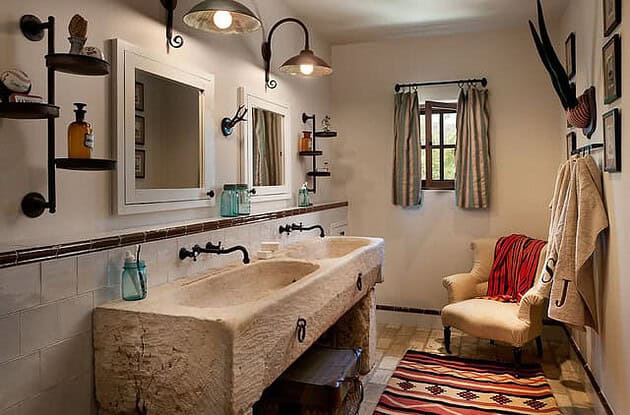

















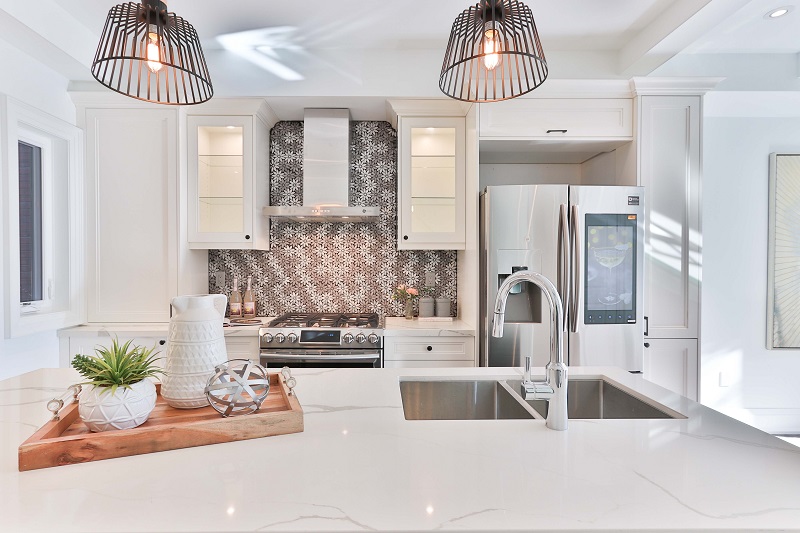




:max_bytes(150000):strip_icc()/GettyImages-169941530-5a85d1ae6bf06900372bffd0.jpg)













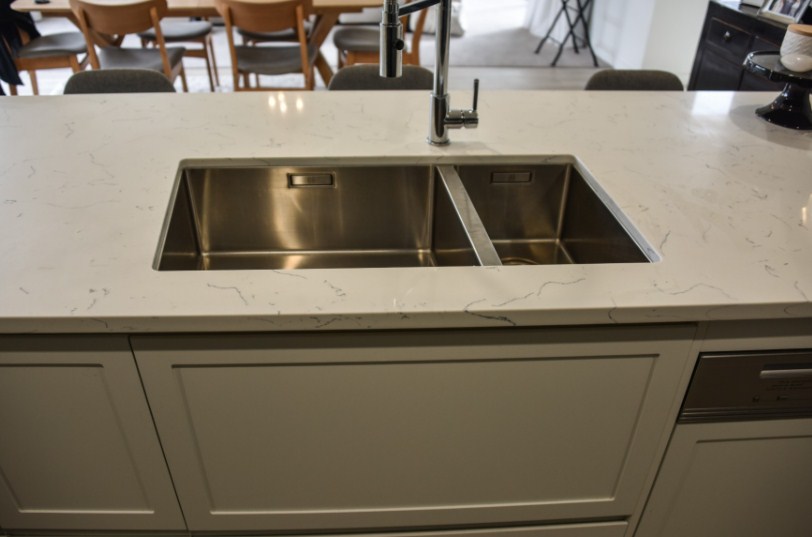










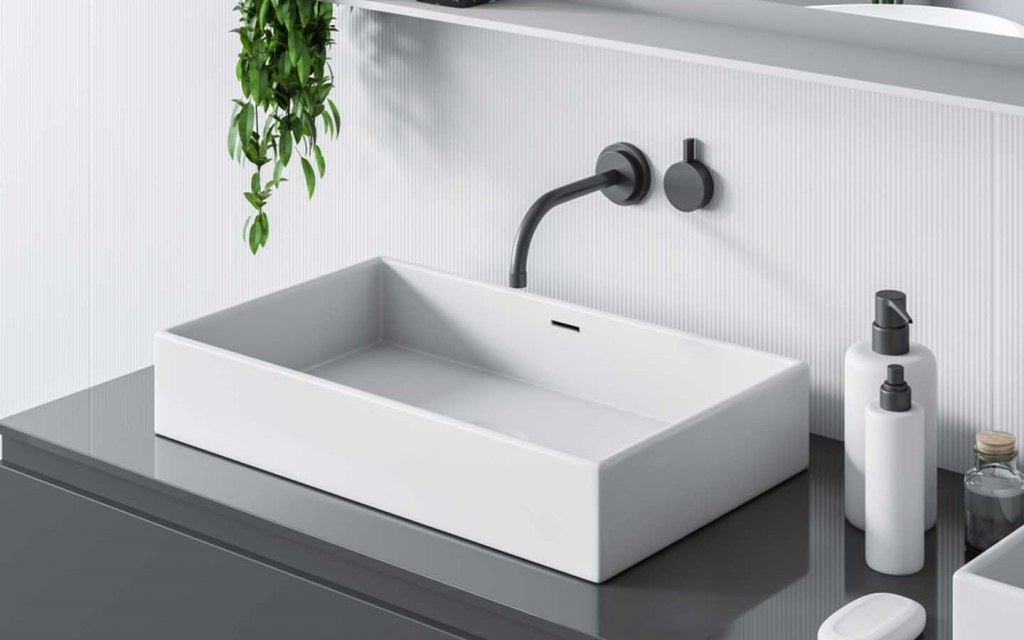




































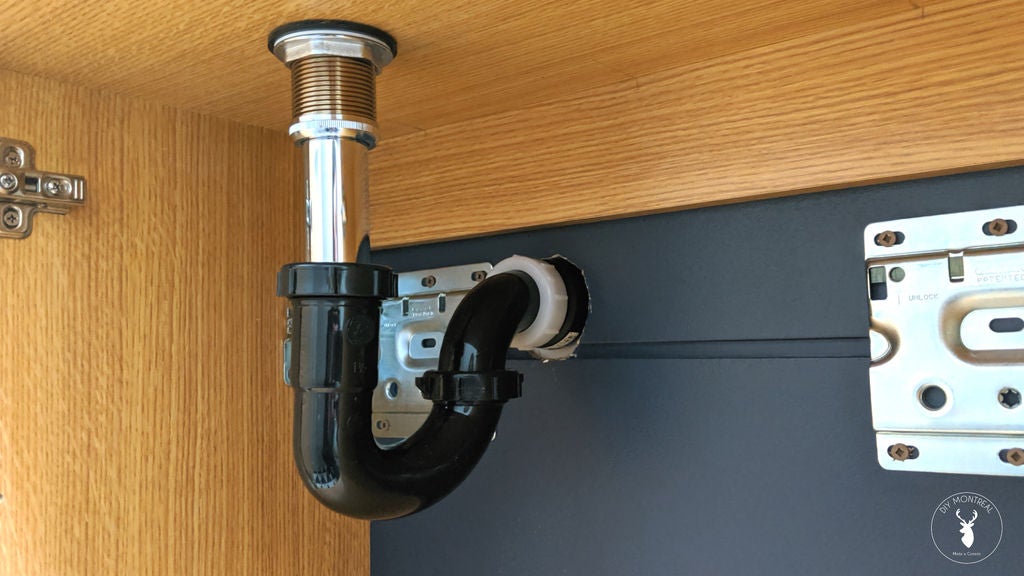
















:max_bytes(150000):strip_icc()/how-to-install-a-sink-drain-2718789-hero-24e898006ed94c9593a2a268b57989a3.jpg)



